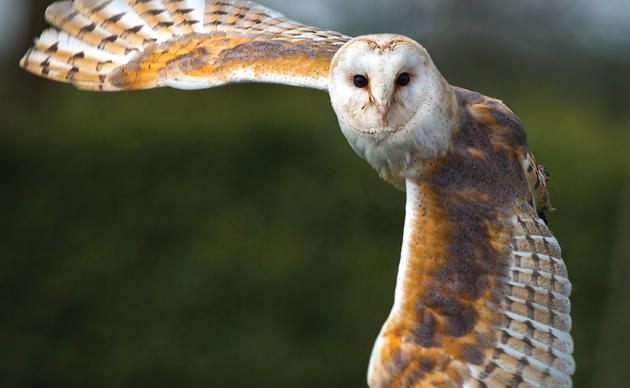The National Audubon Society has awarded Walker Golder of Wilmington, N.C., its 2013 Charles H. Callison Professional Award. The award was announced July 13 at the Audubon Convention in Stevenson, WA.
As Audubon North Carolina Deputy Director and Director of Coasts and Marshes, Golder oversees the North Carolina Coastal Islands sanctuary system. These 20 fragile islands scattered along the shore protect an array of breeding waterbirds that include pelicans, herons, egrets, ibises, gulls, terns and Black Skimmers.
“People like Walker truly make Audubon amazing,” said Audubon President and CEO David Yarnold. “His boundless energy and commitment to conservation amazes and inspires those around him. He demonstrates the power of a citizen network like Audubon.”
Golder is a native North Carolinian who has devoted his career to the protection of all birds, and particularly coastal birds, in the state of North Carolina and across the Atlantic Flyway. His many accomplishments include the establishment of a coastal sanctuary system that protects 35 percent of North Carolina’s breeding shorebirds. With Audubon partners, he led the team that discovered the Bahamas wintering grounds of the largest population of Piping Plovers on record. Published in many journals, Mr. Golder’s scientific research contribution to the understanding of coastal bird species, and the development of state and federal plans to protect threatened and endangered species, spans his 25-year career with Audubon.
Each year, Audubon’s Callison Awards recognize one volunteer and one staff member, nominated by their peers, who have made remarkable contributions to conservation through coalition-building, creative thinking and perseverance.
Charles H. Callison served with National Audubon Society from 1960 to 1977. An eminent conservationist, he was instrumental in Audubon’s fight to pass the Wilderness Act of 1964, including the Clean Air and Water acts, the Endangered Species Act, the National Environmental Policy Act and the Toxic Substances Control Act. A firm believer in the strength of the grassroots, he expanded the reach of Audubon by chartering and supporting hundreds of new chapters nationwide.
About the National Audubon Society
Now in its second century, Audubon connects people with birds, nature and the environment that supports us all. Our national network of community-based nature centers, chapters, scientific, education and advocacy programs engages millions of people from all walks of life in conservation action to protect and restore the natural world. Visit Audubon online at www.audubon.org and follow @audubonsociety on Twitter.



